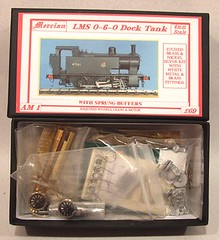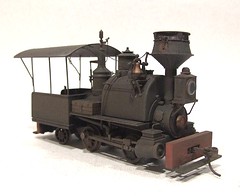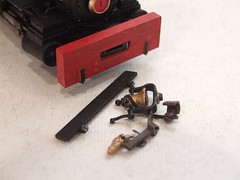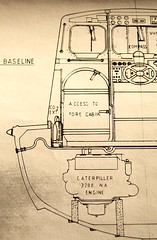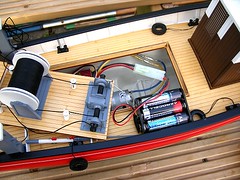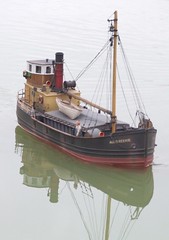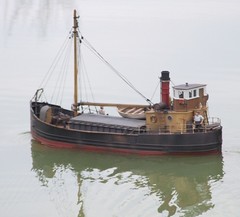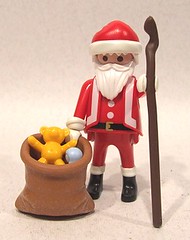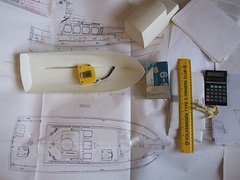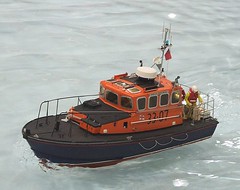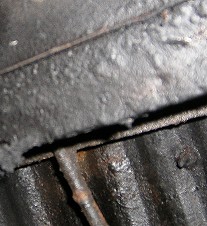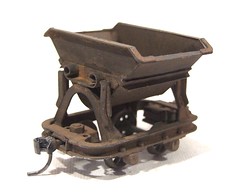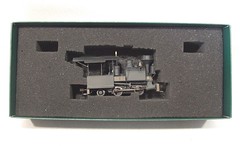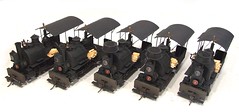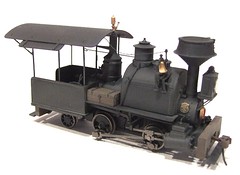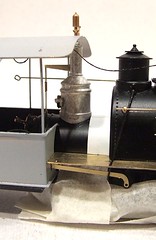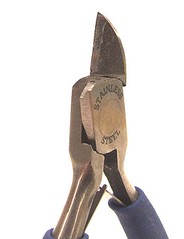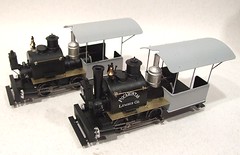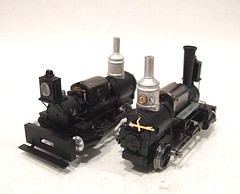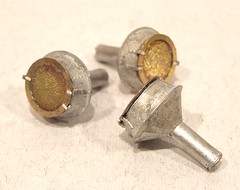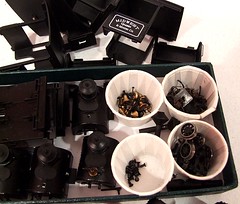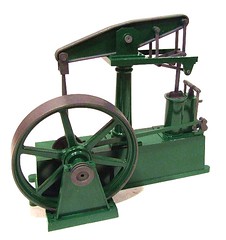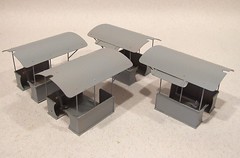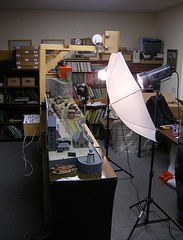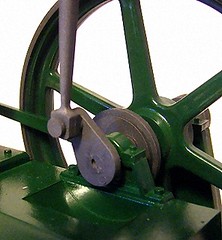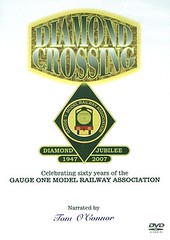I don't buy railway DVDs. Once upon a time I
acquired a couple of videos which I watched and then stuck in a cupboard. Fifteen quid to see a single TV programme - makes the licence fee look like really good value ! I'll be honest I find most films put together by
enthusiasts to be unbearably dull. Budget constraints mean the
commentary is stilted and presented by the
film maker rather than a professional
voice over artiste. All the shots will go on too long and the selection will lack interest and variety. I don't buy may railway books for the same reason - 3/4 views of a train in flight aren't much use to me and to be honest they all look the same.
If you want to understand the difference in production values compare anything produced by
British Transport Films with something from your local railway video seller. I know the former had a bigger budget, better equipment and easier access to
their subject. They also worked
professionally with quality scriptwriting and shot selection. And the films are great to watch. Mind you I've never bought a DVD of them either...
Anyway, if I don't do railway films, why am I
writing about the
Gauge 1 Association's diamond jubilee DVD ?
Simple, it's very good. Starting with the basics, you get good value for money - 100 minutes for 6 pounds. Better still the whole thing has been put together by professionals. The production values are very high. None of the shots go on too long. A tripod was used for all model photography. There
aren't hours of "look a train going by".
What you get is a nice overview of G1
MRA. Plenty of the members get screen time and while they are mostly older gentlemen, none of them comes
across as what the popular press would describe as an "anorak". The producers have made sure they all come work well on camera with no stuttering or struggling to speak. It6 helps that they have interesting things to say and then get off the screen to be replaced by something else that is good.
The view sees a potted history of G1
MRA and G1 in general. Several members
explain how they got into the hobby. Many garden railways are showcased - at G1 get
togethers which look like very
pleasant meetings of friends.
If I have a
criticism, the segment on the jubilee dinner held on the Severn Valley Railway is of limited interest to anyone not knowing the people involved but even that has some nice shots of real trains which are well timed to the background music.
There are jokes, mostly visual but always funny or at least not intrusive. I liked them anyway although it helps to be a bit of a film buff to get some.
Having watched it once, will I watch it again ? Probably. As light background telly you can't beat it. The pace is good and it holds your attention. Of course being a DVD you don't feel the need to watch the whole thing in a single sitting and the format encourages this.
Oh, and the best thing - you get a segment with
Bob Symes - never mind
Pete Waterman, here's a real superstar of model railways !
 Having said this, the resulting loco looks fantastic and works pretty well too. It's always been one of my favourite models and hopefully this one will look as good, if not better.
Having said this, the resulting loco looks fantastic and works pretty well too. It's always been one of my favourite models and hopefully this one will look as good, if not better.